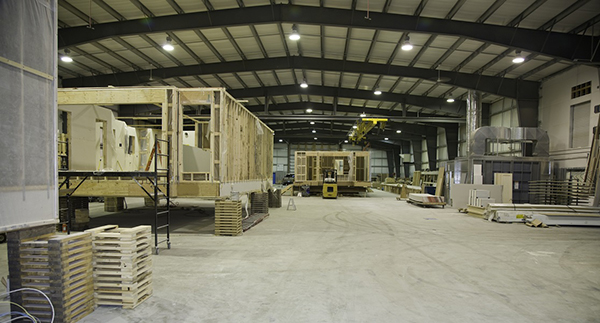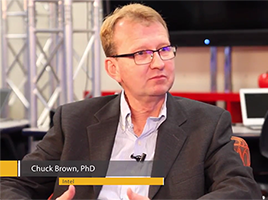The construction industry has a reputation for moving slowly when it comes to adopting modern technology and changing business processes. There are many reasons to believe that this is about to change and companies who don’t adapt and change will probably not survive.

It is also a mistake to believe that the traditional large contractors will be the survivors because they have the financial muscle to transform their businesses. Just look at the catastrophic collapse of Carillion in the UK as an example of how a leading construction company can decline at a very rapid pace.
It could be argued that the larger the company the more likely they are to decline as they are more bureaucratic and less agile and slow to change. I believe this will be an accelerating trend, so what do we need to do to avoid being the next casualty? What are the trends and pressure points that we need to consider to be a winner in the future?
GAME-CHANGING INDUSTRY TRENDS AND CHANGES
The accelerating trend towards the adoption of construction-integrated manufacturing and digital asset lifecycle are two areas that will have a game-changing effect on the structure and processes used in the industry. Ignore these trends at your peril.
Construction-integrated manufacturing, often referred to as offsite or modular manufacturing, is really gathering pace and involves manufacturing modules or components in a factory, shipping them to the construction site and then installing these modules on site. It means integrating digital design tools such as building information management (BIM) into the process so that the modules are delivered to site without the need for change (zero or minimal contract variations).
The adoption of BIM has been slow; however, construction-integrated manufacturing is going to force BIM to be adopted at a much faster pace. So, BIM adoption will no longer be optional if you are to be a winner in the future.
The trade skills shortage is also forcing this change on the industry as there is simply not enough labor resources to deliver the construction projects, therefore, construction-integrated manufacturing is one strategy that will help to reduce this huge capacity constraint.
LEVERAGING CONSTRUCTION-INTEGRATED MANUFACTURING
The move to construction-integrated manufacturing means new companies that are not players in the construction industry today are entering the market. In addition, this model will open the door to more foreign competition entering your country.
Construction sites are going to become more like final assembly operations. The business processes and skills required to successfully deliver projects using this new model are very different from the ones that exist in most traditional contractors.
If your goal is to be a leader in delivering construction projects using this new model, it is likely that your organization will have to change and manage the following areas in a more professional and integrated way.
Here are some pointers that you can use to check how well you score against a world-class organization:
- Engineering /design-centric
- BIM design tool expertise
- BIM integrated into your business processes and systems
- Manufacturing
- Manufacturing expertise
- Ability to manage a project-based engineer-to-order manufacturing model
- Logistics and shipping
- Manage inventory and supply chain processes professionally
- Site management
- Traditional construction site management expertise
- Labor management
- Health and safety
- Quality (NCR, snags, audits etc.)
- Sub-contract management
- Plant hire
- Project management and control
- Professional project scheduling /planning across all stages of a project
- Project plan integrated with all project process: engineer, procure, manufacture, ship, construct, install, commission and handover
- Project plan drives all business processes
- Integrated project budgeting and cost control
- Support traditional construction-centric commercial management
- Asset and facilities management
- Provide aftercare services
- Preventive and predictive maintenance
- Integrated IoT with asset data
- Have the capability to offer flexible, through-life commercial service contracts (e.g. contract for outcomes)
- Manage service level performance
- Financial governance
- One set of accurate, timely project performance numbers (margin, risk, quality, deliver against plan, variations etc.)
- Project financial control integrated with finance system (one set of numbers)
- Less reliance on MS Excel
- Stop running your business based on hand-crafted Excel spreadsheets
ARE YOU READY FOR WHAT’S NEXT?
To summarize, we need to have a strategy in place to maximize the profit potential of the construction-integrated manufacturing trend. For most companies that will mean changing most things in the business – the skills, culture, processes and business systems. Are you ready?




